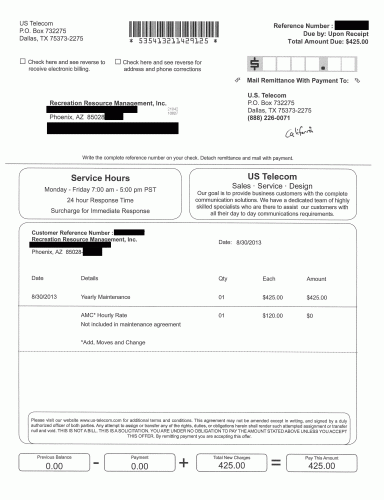Gerrymandering, Proposals to Split California, And Why Odd and Even Matter
Over the last several years, there have been several proposals to split California into more than one state (I know what you are thinking: Good God, more Californias?) There was a proposal last year to split it into 6 states. This election, there is a proposal on the ballot to split it into 3 states. I am not sure what the entire process would be, but as a minimum either proposal would have to be approved by Congress. For that latter to happen, the 3 state plan is probably more likely to get approved than the 6 state plan because it is an odd number. Seriously.
For the rest of us, the main effect of a California split is that its current citizens would get more US Senators. Each state gets 2 Senators so California would go from 2 to 6 Senators in a three-state proposal and 2 to 12 Senators in a 6-state proposal. This also means that California would get some extra Electoral College votes, since a state's votes is the sum of its Representatives and Senators.
To some extent, this debate will be a flashback to the mid-19th Century when statehood decisions were made based on the north-south balance in the Senate. This time around, it will be about shifting, or perhaps more accurately not shifting, the Republican-Democrat balance. Right now CA is perceived by all to be +2 Senate seats for the Democrats for most of the foreseeable future. The problem with even-number splits such as 2 or 4 or 6 states from CA is that they are almost guaranteed to shift the CA contribution away from +2D. Take the two state solution. If they were split north and south, you would likely get two blue states and the +2D from CA in the Senate would become +4D. Republicans would barf. If you split the state east-west, you might be able to create a red state and a blue state such that CA would shift from +2D to neutral, an effective gain for R's. Democrats would hate this. Neither party in Congress is going to agree on a solution here. There is no way to gerrymander the thing without some party making a gain. This is generally true for all even number state solutions.
Odd number state solutions could also be problematic, but they could also work depending on how the lines are drawn (making this probably the most watched gerrymander in US history). A three state solution that creates two blue states and a red state would keep CA's total effect on the Senate as +2D. I am not sure any split would clear Congress but this is probably the only possibility that might do so. Two coastal states and one inland state would probably achieve this result, but I believe the current proposal is for three states split north to south, so a large heavily blue coastal city or two is in each state, which could push the thing into being +6D which the Senate would never buy short of a Democratic majority and elimination of the filibuster (which for a generation of +4 votes in the Senate they might consider).
All of this glosses over huge local problems in CA itself, like
- How do you split up state debts, such as Calpers obligations and assets
- Will current state officeholders (e.g. the governor and AG) who are incredibly powerful and have historically used these positions as springboards for national office (e.g. Kamala Harris, Jerry Brown, Ronald Reagan) accept a huge reduction in their power and budget
- If there is a red state created, how will blue urban areas put into this red state react? (the opposite issue already exists with red rural areas already used to living in a blue state).
